Things to Know Before Travelling to Japan for the First Time.
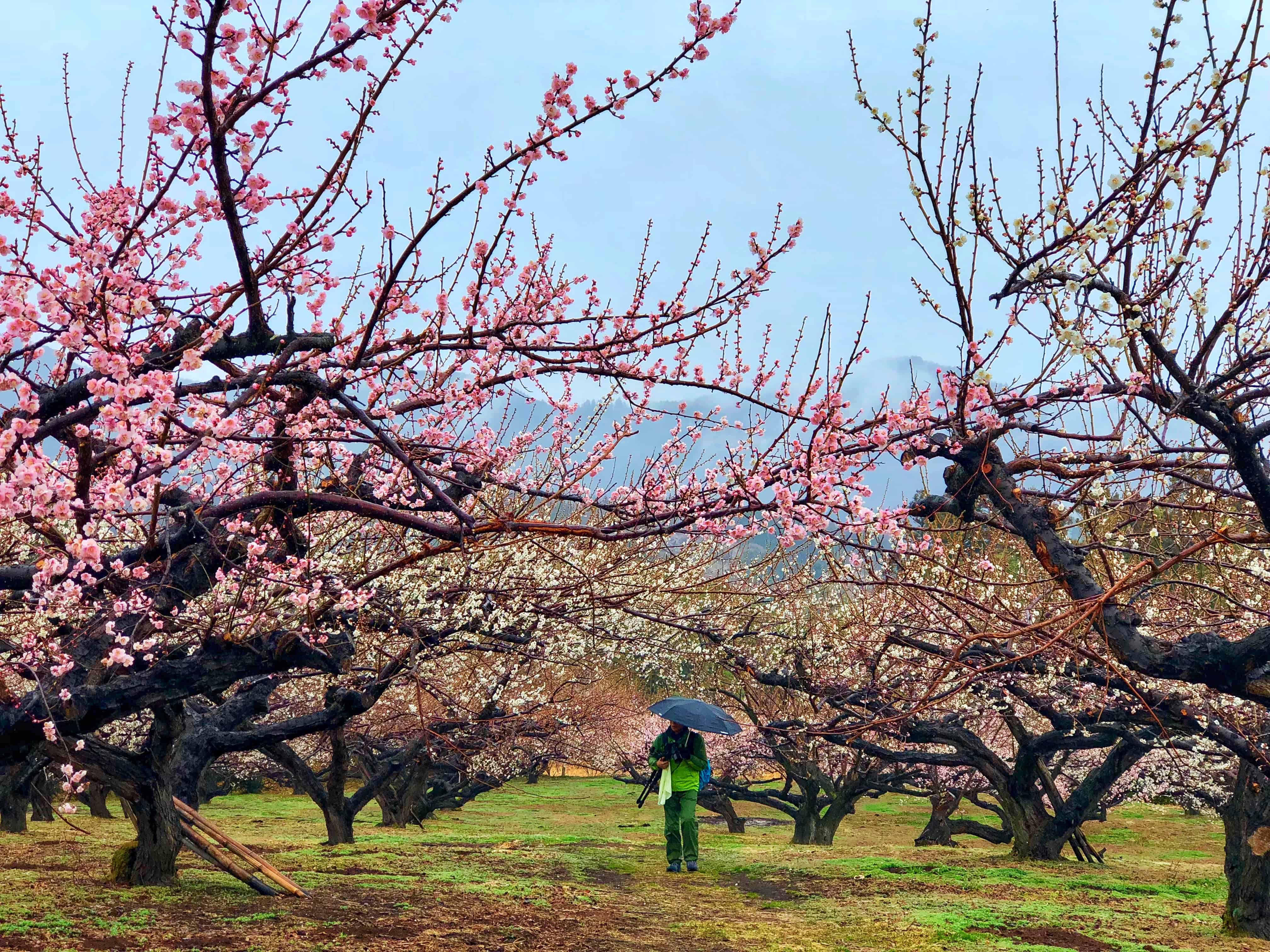
I can close my eyes and picture myself standing awestruck on the fascinatingly busy Shibuya crossing in Tokyo. Gaping at the dazzling lights, fancy skyscrapers and scores of businessmen darting about in dark suits. I was travelling to Japan for the first time, and it was my first day in Tokyo. In equal parts, I felt excited, intrigued and apprehensive, recalling all the Japan travel tips I’d read online. I had dreamt about Japan for so long, but now that I was finally here, I couldn’t help but wonder what spending an entire month exploring the country would be like.
In the months since I left Japan, I faced a strange melancholy… and a barrage of reader questions. Many of you reached out to me to ask, “When is the best time to visit Japan?” “Is the Japan Rail pass worth it?” “Do they speak in English in Japan?” “How to survive as a vegetarian / vegan in Japan?” “Do you have any Japan travel tips?”
I’ve finally put together this post to answer all your questions about travelling to Japan for the first time – including visas, flights, where to go, what to eat and how to stay connected.
- 1. How to score a Japan tourist visa on an Indian passport?
- 2. When is the best time to go to Japan?
- 3. What to pack for Japan
- 4. How to access the internet in Japan?
- 5. Where to go if you’re travelling to Japan for the first time?
- 6. Where to stay in Japan
- 7. How expensive is Japan?
- 8. Do they speak English in Japan?
- 9. Is the Japan Rail Pass worth it?
- 10. How to survive as a vegan in Japan?
- 11. What is the best travel insurance for Japan?
- 12. Is Japan safe?
- 13. What are some Japanese etiquette for tourists?
- Is Japan among your dream destinations? What else would you like to know / share about travelling to Japan for the first time?
1. How to score a Japan tourist visa on an Indian passport?
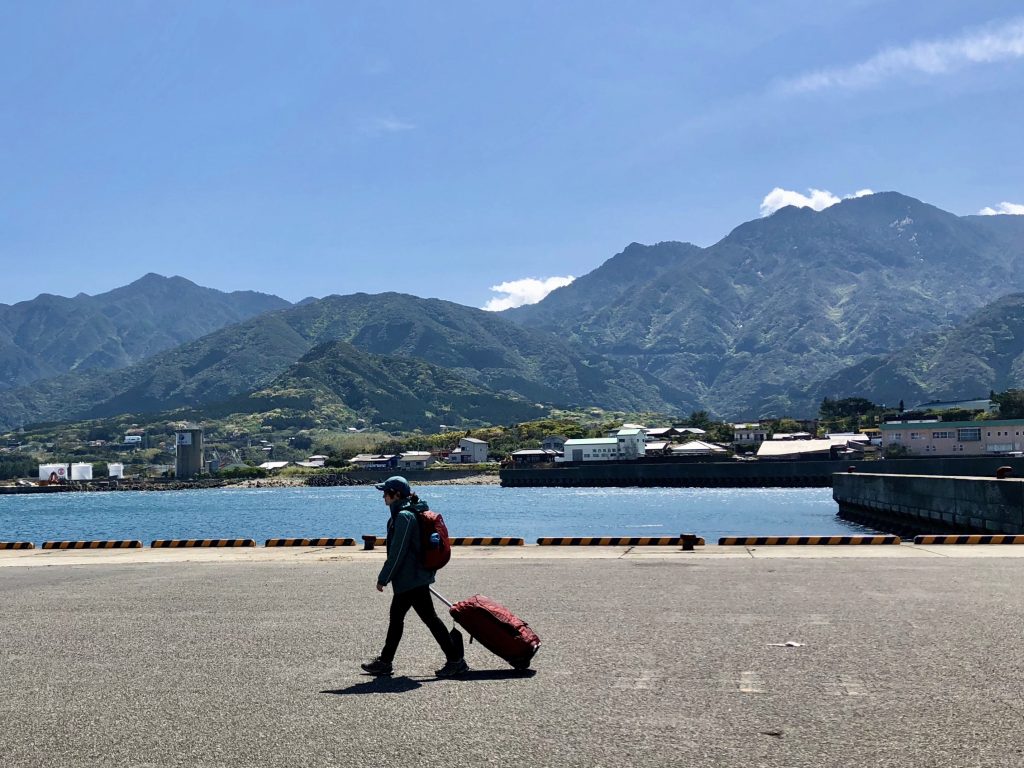
Until 2016, it was a pain to get a Japan tourist visa for Indians. We had to get an invitation letter from a sponsor in Japan and go through a tedious application process.
Luckily, the Japan visa requirements for Indians have finally been relaxed. Although a Japan visa on arrival for Indian citizens is still a distant dream, the Japan visa application now takes only 4 working days to be processed, without the need for a sponsor. The application must be filed at VFS Japan – the official visa application centre for the Japan Embassy in India. The process is similar to the Schengen visa application, with return flights, accommodation bookings, and bank statements needed to score the visa.
While travelling to Japan for the first time, I received a single-entry Japan visa on my Indian passport. It allowed me to stay in the country for 30 days. I was given 2.5 months from the application date to use it.
Japan Travel Tips: How to apply for a Japan tourist visa on an Indian passport
2. When is the best time to go to Japan?
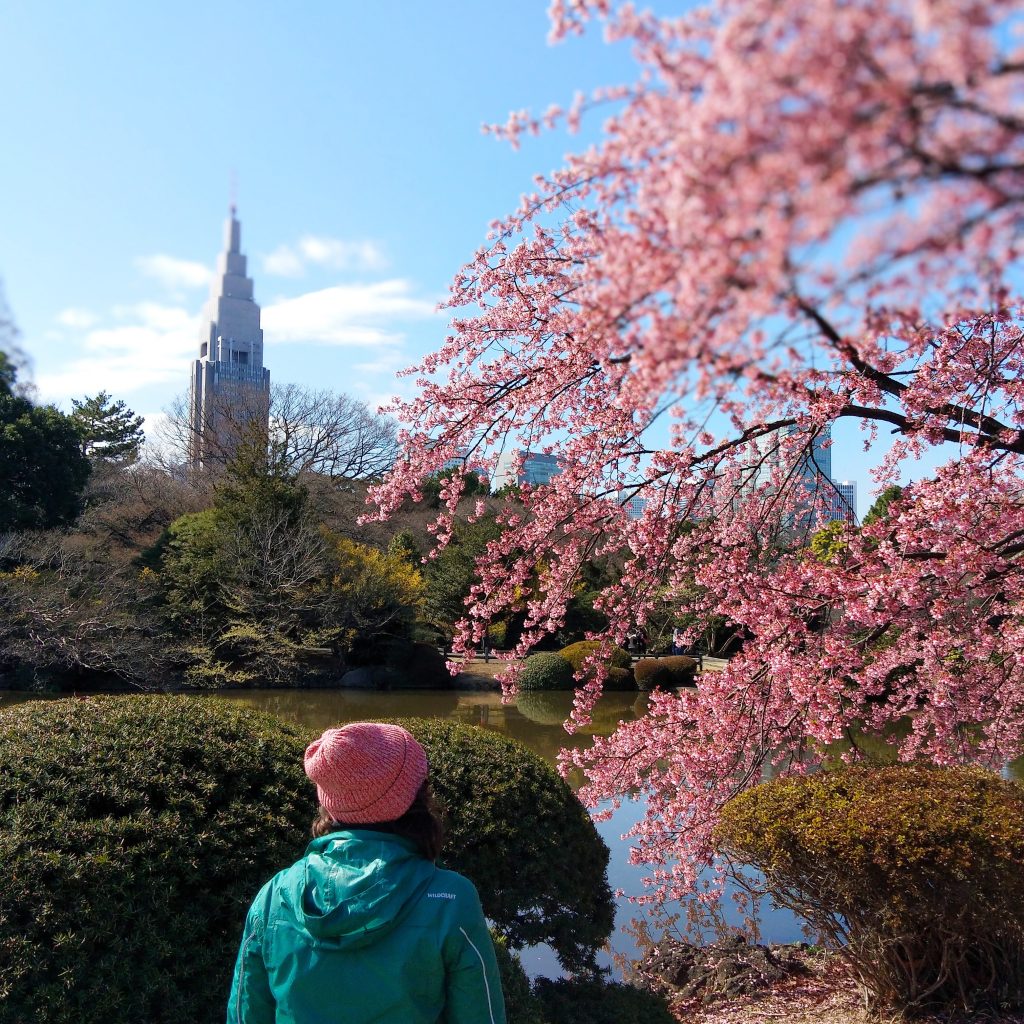
Most people tend to plan their trip during the much-anticipated cherry blossom season in Japan. It’s a beautiful time, but it’s also when Japan tends to get the most crowded and expensive.
I landed up in Japan in early March 2018 and stayed exactly a month. Although Honshu, the main island home to Tokyo and Kyoto, was quite chilly, I enjoyed the quiet shoulder season. And I got a chance to catch the Ume – plum blossom – almost as beautiful as the cherry blossom yet somehow more introspective. I then headed south to Kyushu Island, which was warmer, with many offbeat places to explore.
Also read: 10 Days in Japan: An Immersive Japan Itinerary for First Time Visitors
2.1 Cherry blossom time in Japan
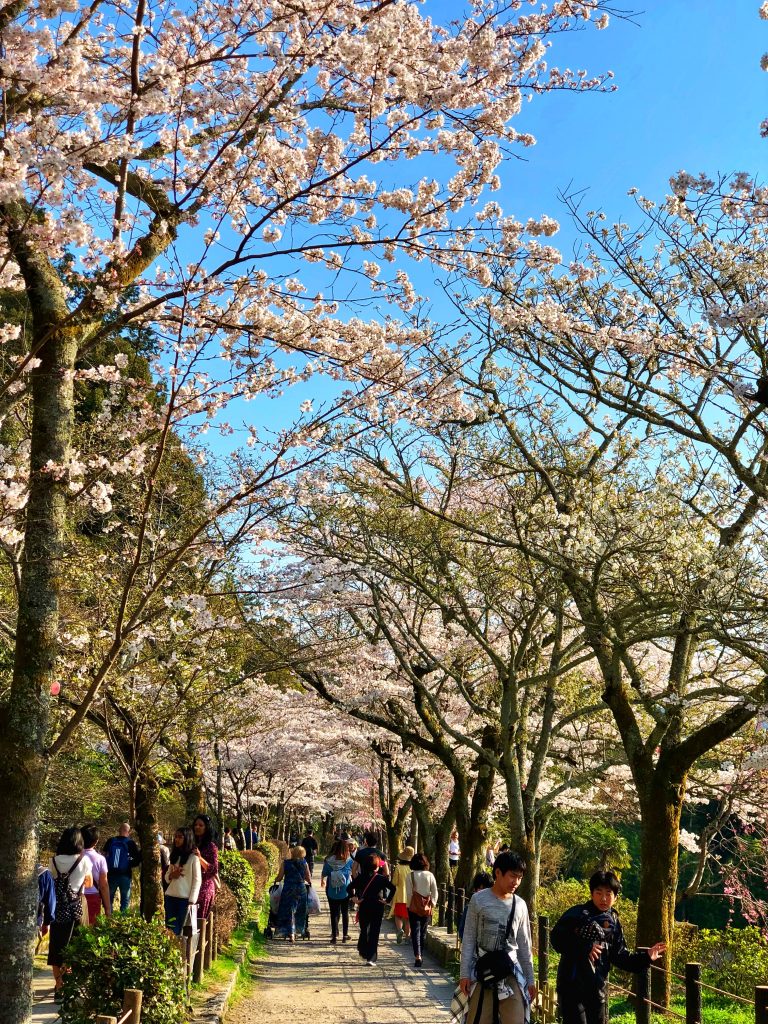
My plan was to leave just before the cherry blossom began in Japan. But as luck (and climate change) would have it, the cherry trees bloomed early that year!
One of my most important Japan travel tips – even if you’re travelling to Japan for the first time – is don’t be hell bent on seeing the cherry blossom. Nature won’t time itself according to our dates. And Tokyo, Kyoto and Osaka are seriously crowded during that time. There is so much more to Japan that I highly recommend visiting in late winter, autumn or early summer.
2.2 Cheapest time to visit Japan / low season in Japan
I witnessed accommodation prices in Tokyo skyrocketing and availability falling drastically between the beginning (winter) and end (spring) of my trip. It gets exorbitantly expensive in Japan in spring and I was forced to downgrade myself from a charming ryokan (traditional inn) to a pod hostel to financially survive the last few days of my trip. Autumn and summer are fairly popular too. That leaves winter as the low season.
If you enjoy winter, prepare to be spellbound as popular cities turn into winter wonderlands from November to February. With heating indoors, good clothes, few tourists and relatively low prices, it’ll be quite a delight.
2.3 Best time to visit japan weather wise
Early spring and late autumn are beautiful and wonderfully warm across the country. They aren’t the busiest, especially away from the main cities.
Also read: 11 Incredible Experiences That’ll Make You Fall in Love With Uzbekistan
3. What to pack for Japan
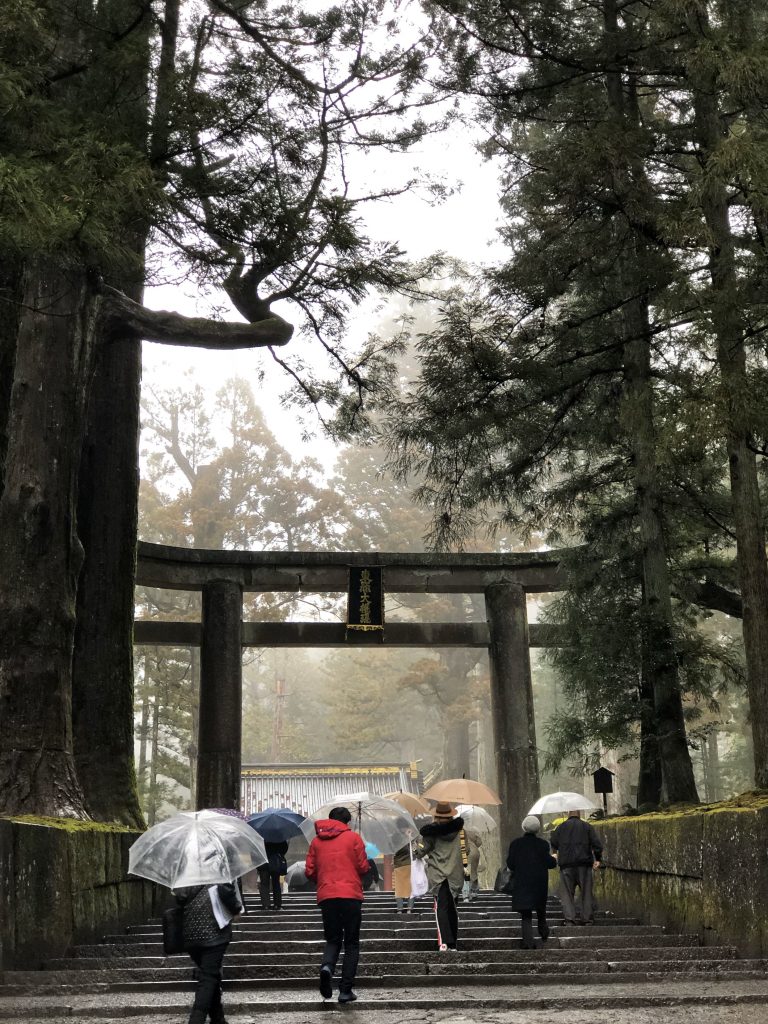
What you pack for Japan totally depends on when you travel there. And where you plan to go. If you’re travelling to Japan for the first time, chances are, you’ll spend time on Honshu, exploring Tokyo, Kyoto and Osaka. The island distinctly experiences all four seasons – and can get very hot or very cold, even in spring or autumn.
Among my Japan travel tips, I always say pack in layers. Carry clothes that you can add on or remove. In my bags, I always have warm inner wear, t-shirts / tops, a couple of sweaters, a rain jacket and a light winter jacket. If you’re travelling in winter, definitely carry warm socks, boots and a real winter jacket. As someone who tries to avoid wool and down feathers for ethical reasons, I recommend the synthetic fabric jackets at Decathalon and those made with recycled plastic at Save the Duck.
3.2 Essentials to pack for Japan:
- Towel: I was surprised to find out that most accommodations in Japan don’t offer towels! If they do, you have to rent them at an additional cost. Definitely carry your own.
- Adapter: I used my universal travel adapter that works pretty much everywhere around the world, including Japan.
Also read: How I Fit All my Life Possessions in Two Bags as I Travel the World
4. How to access the internet in Japan?
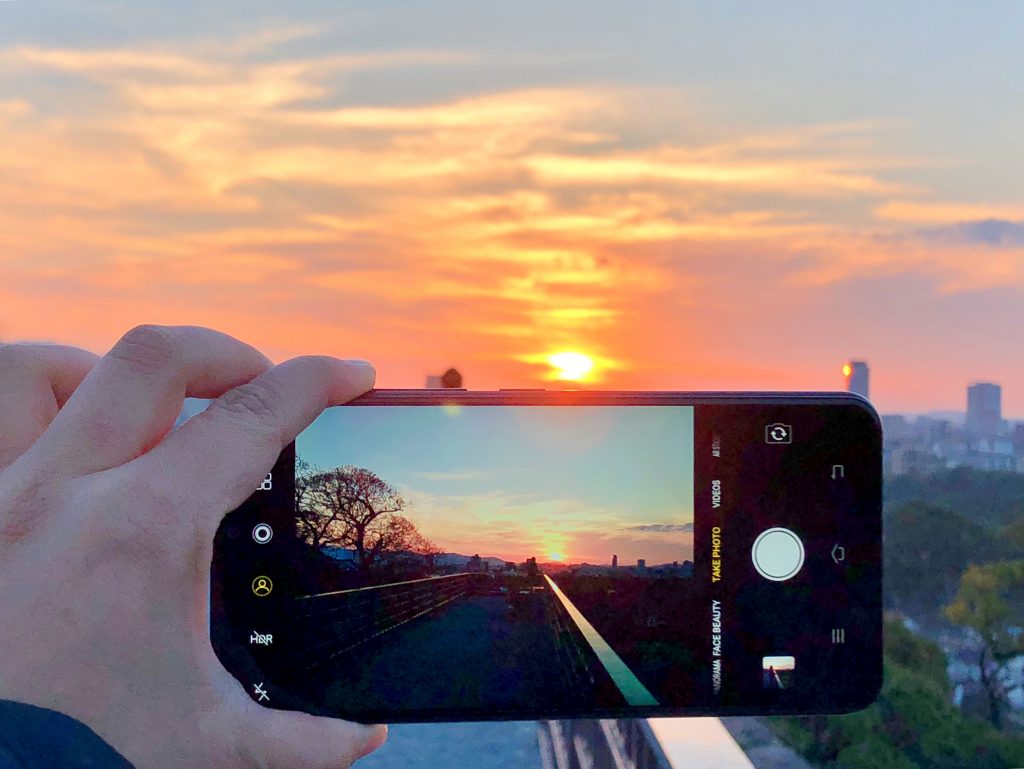
Japan is the land of modern technology and high speed internet. But it comes at quite a cost. Outside of the big cities and train stations, Wifi is not as readily available as I’d hoped. And yet I found it important to have internet in Japan to use Google Maps, Google Translate and other apps to make life easier – especially since I was travelling in Japan for the first time.
4.1 Airtel international roaming plans for Japan
Before I began collaborating with Airtel last year, I had no idea it was actually possible to buy an international roaming plan for Japan. Compared to SIM card costs in Japan, the offers looks very promising (and is valid across 82 countries):
- 1 GB data with 100 minutes of incoming and outgoing calls – valid for 30 days – costs INR 1199. Data usage can be tracked on the Airtel App.
- 1 GB data per day with unlimited incoming calls and 500 minutes of outgoing calls – valid for 10 days – costs INR 4999 (coming soon).
4.2 Local sim card in Japan
Japan is probably one of the most expensive countries when it comes to buying a local SIM card! Mine cost 6000 yen (INR 3850) for 1 GB for a month – data only. The other option was 7000 yen (INR 4500) for 200 MB/day. Local SIM cards are available at international airports and 7-11s across the country.
4.3 Wifi in Japan
Many accommodations and restaurants in Tokyo offer fast and free Wifi. But unfortunately, Wifi availability steadily decreases as you to head to the countryside.
Also read: Inspiring Indians Using Social Media to Drive Positive Change
5. Where to go if you’re travelling to Japan for the first time?
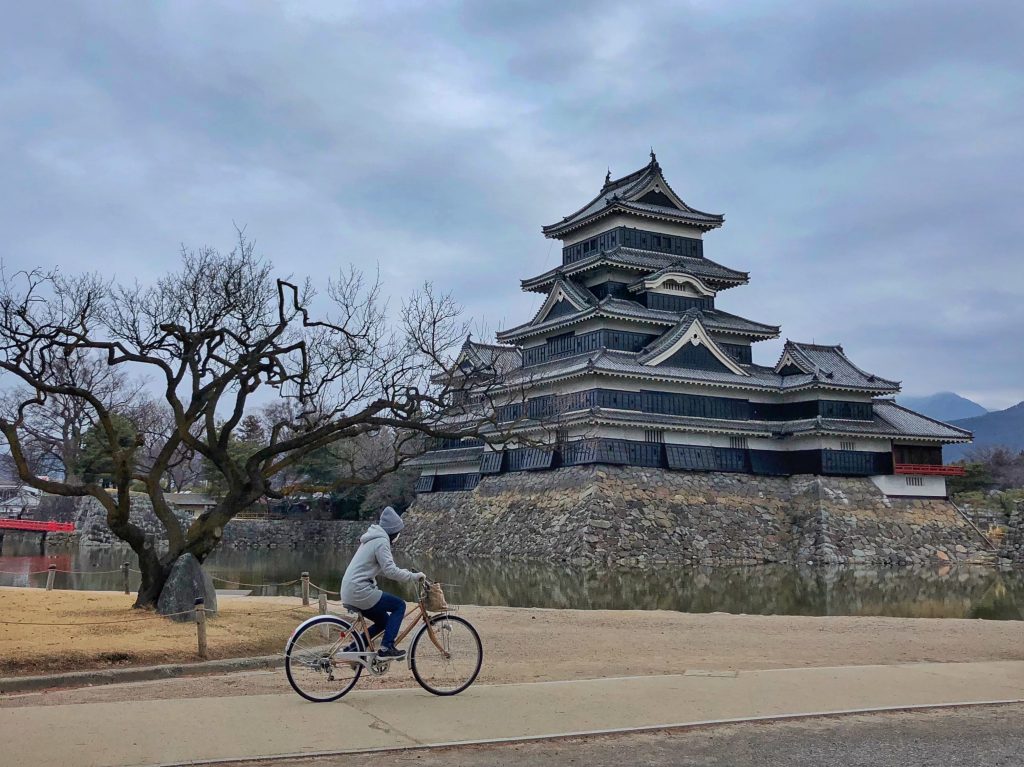
Japan is a huge country and it can be quite overwhelming to figure out where to go! I spent the first week in the city on assignment for Japan Tourism Board. We explored the Kantou region of Honshu, including Tokyo, Matsumoto, Nagano and Nikko. After that, my partner and I spent two weeks travelling south to Fukuoka and Hiroshima on Kyushu island, and then all the way to Yakushima island. And I spent the last week exploring more of the Honshu countryside and a bit of Kyoto on my own.
If you’re travelling to Japan for the first time, I recommend splitting your time between the popular cities and getting a glimpse of offbeat Japan:
5.1 First time in Tokyo
I stayed in three different areas of Tokyo, and most enjoyed the vibe of the Asakusa neighborhood. It retains the old world charm of the city with old Buddhist temples, little shops, a walkway along the river and charming sushi bars and izakayas (local bars). It’s also home to the stunning 14th century Sensoji temple – Tokyo’s oldest. I remember hanging out there late at night, when the crowds were gone, and witnessing breathtaking “sakura rain” on the way back. Oh how I miss Japan!
5.2 First time in Kyoto
I unintentionally hit Kyoto during the cherry blossom season – and must confess it was way too touristy for my liking. I borrowed my host’s bicycle for beautiful early morning rides to some parks and temples. But the overtourism thereafter killed the vibe. I imagine it must be a delight in winter though.
5.3 First time in Osaka
Osaka is just a short train ride from Kyoto – and a regular Japanese city without much of the old-world charm. I’d suggest picking one of Kyoto or Osaka – if at all, for your first time in Japan. I hopped over to Osaka for a vegan cooking lesson, based on macrobiotics and yin and yang principles, with a local Japanese family – and it was definitely one of the highlights of my trip!
5.4 Offbeat places to visit in Japan
Outside of the cherry blossom season, you are unlikely to encounter the crowds of Tokyo, Kyoto and Osaka anywhere else in Japan. Places like Nara, Nagano, Hiroshima and Matsumoto, though not offbeat, are beautiful enough to spend a while getting into the Japan vibe while still having access to the comforts of tourism. Some people speak English, restaurants have English menus and there are plenty of accommodations to choose from.
If you really want to stray off the beaten path, head south. Some places I loved:
- Aso: A little town in Kyushu, home to Mount Aso, an active volcano and plenty of hiking nearby.
- Kurokawa: A charming onsen town, literally home to tens of onsens (Japanese baths). Some in the mountains, some in the forest, one even under a waterfall!
- Yakushima: A difficult and expensive island to get to, but one of the last remaining truly wild frontiers of Japan. Great for hiking and moss forests.
- Kambayashi: A region on the countryside of the Kyoto prefecture, home to charming little villages and slow life.
Also read: Why Travelling in Japan is Like Nowhere Else in the World
6. Where to stay in Japan
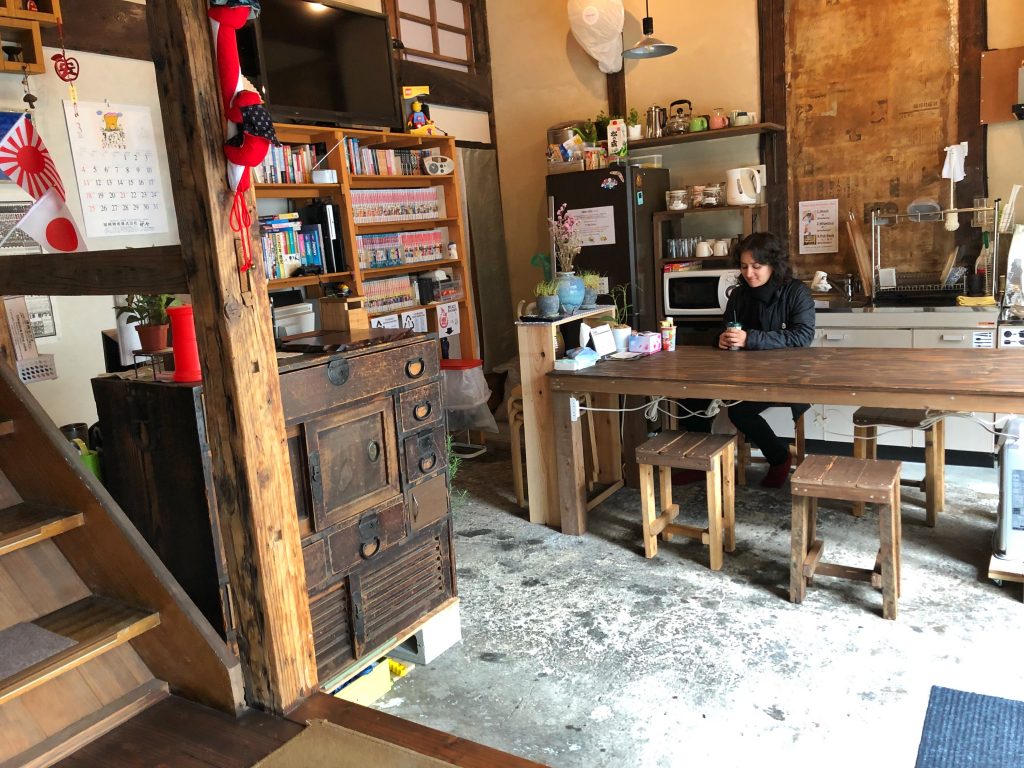
Airbnb, my favorite go-to platform for unique accommodations, is complicated in Japan. After a government crackdown, only places with a tourism license are allowed to rent on Airbnb. And only for 180 days of the year. This might make sense in tackling overtourism in places like Kyoto, but is a lost opportunity for the less-explored countryside villages.
Anyway, travelling to Japan for the first time, I relied mostly on booking.com and direct google search to find traditional ryokans, small B&BS, guesthouses, hostel pods and homestays.
Important Japan travel tip: Most accommodations allow check-in only after 4 pm and expect check-out by 10 am. This is to allow for their rigorous cleaning schedule!
6.1 Accommodations to try if you’re travelling to Japan for the first time
- Ryokan: Traditional Japanese inns, typically home to tatami (woven straw) flooring with futon bedding and an onsen (hot spring bath). Here you indulge in a Japenese bath, then settle in for a lavish Japanese meal. If you afford it, I recommend splurging on atleast one ryokan experience while you’re in Japan! I tried mine as part of the JNTO assignment in Nikko.
- Homestay / small guesthouse: We stayed in small guesthouses and homestays across the country. These typically had shared (but extremely clean) bathrooms and comfy DIY futon bedding on tatami floors. Most of our hosts were really friendly and even invited us to local events or secret hideouts nearby.
- Hostel pod: I was nearby broke on my last transit through Tokyo, and decided to stay in a pod hostel is Asakusa. The walls were thin, but the beds comfy enough for a good night’s sleep!
6.2 My favorite accommodations in Japan
- Guest House Asora in Aso: A simple guesthouse with a great location in Aso town and a sweet owner who invited us to a local fire festival.
- Satoyama Guest House Couture in Ayabe: Run by the sweetest young Japanese host who reminded me of a typical Murakami character!
- Heartland House in Yakushima: A family-run guesthouse on the island, hosted by a friendly couple. They speak very little English though.
- Harborside Guest House Minato in Fukuoka: A restored Hakata townhouse dating back a 100 years, managed by a friendly host.
- Bunka Hostel Tokyo: Budget bunk bed pods in the hip Asakusa neighborhood of Tokyo.
Also read: How to Find the Perfect Airbnb and Make the Most of Your Travel Experience
7. How expensive is Japan?
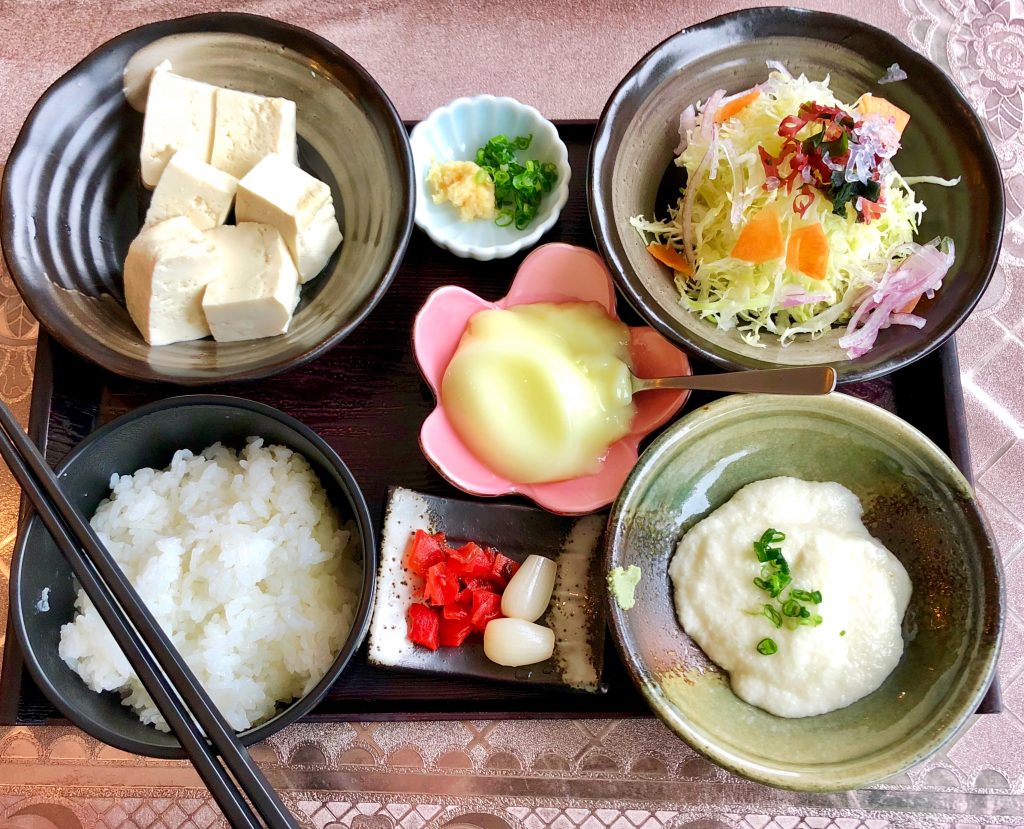
I hate to break it to you, but compared to most places in the world, Japan is expensive. Getting a local SIM, accommodation even in guesthouses / hostels, public transport, even food, can be a bit of a shock to the wallet, especially when you’re travelling to Japan for the first time.
7.1 Average costs in Japan
- Hostels: ~INR 2000 for a bunk bed in a dorm in Tokyo.
- Guesthouses: ~INR 3500 for a double room with shared bathroom
- Food: ~INR 1000 – 3000 for a local meal in a small restaurant or izakaya
- Transport: ~INR 8000+ for a 2-3 hour bullet train ride, like Tokyo to Kyoto or Tokyo to Nara.
7.2 Travel tips to experience Japan on a budget
- Book early. Especially if you’re travelling in the spring or autumn, book accommodations atleast a few weeks in advance to be able to choose from a diverse range of options.
- Get a Japan Rail Pass or regional travel pass. If you plan to travel by train a few times, definitely look at investing in a Japan Rail Pass or regional train / bus pass. Individual tickets cost an arm and a leg!
- Use buses to get around locally. Unfortunately the JR Pass doesn’t cover travel within cities / towns. Opt for buses. It took me a while to figure out the bus system. Basically you get on, take a ticket from the machine, notice the number on it, notice the number you get off at and pay accordingly.
- Stay longer in one place. Even if you’re travelling to Japan for the first time, fight the FOMO and include only a few destinations on your trip. That way, you can save transport costs, avail long stay rates and immerse deeper in the local culture.
- Eat at supermarkets. Sounds like one of those Japan travel tips you don’t want to follow, but even supermarket food in Japan is high quality! And there are some vegan options available. Ask the staff to help translate ingredients if google translate doesn’t work.
- Visit the local tourist information. Many places offer travel bundles, combining transport and some sightseeing. The local tourist office is the best place to find out.
Also read: How I’m Financially Sustaining my Digital Nomad Lifestyle
8. Do they speak English in Japan?
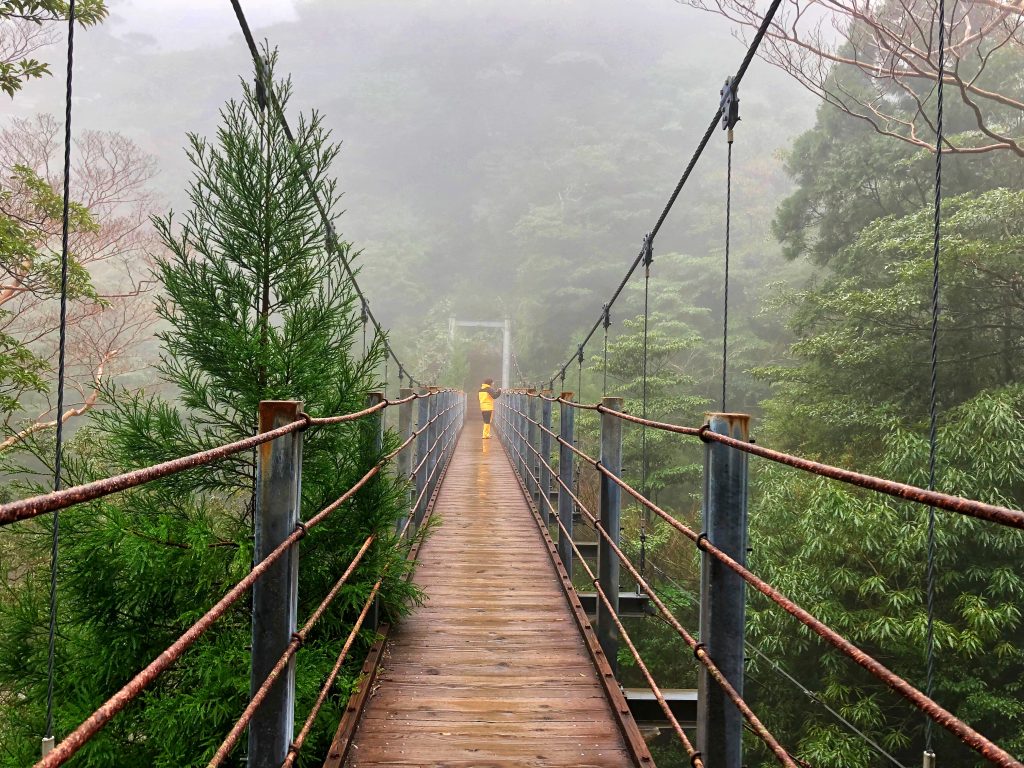
Within Tokyo and Kyoto, you’re likely to find English speakers at accommodations and restaurants frequented by travellers. But beyond that, most locals tend to speak very little English. Which is great, because Japanese is a beautiful language and it’s fun to attempt to learn atleast a little bit.
Before travelling to Japan for the first time, I learnt a few basic Japanese phrases through a podcast. That, mixed with google translate, broken English and sign language, made it easy enough to get by. Besides, Japanese people are so friendly and kind that no language barrier could stop them from helping you out.
8.1 Japanese words to know, especially if you’re travelling in Japan for the first time
- Konnichiwa – Hello, good day
- Konbanwa – Good evening, good night
- Arigatou gozaimas – Thank you very much
- Sumima sen – I’m sorry or excuse me (also used to call the staff at a restaurant)
- Kudasai – Please
- Matane – See you later
- Watashi wa began / bejetarian des – I’m vegan / vegetarian (though it might not mean anything to most people)
- Ita daki mas – Said before eating, similar to bon appetite. Literally, it is a way to thank the animals that’ve given their soul for your meal.
- Wakarima sen – I don’t understand
- O genki des – How are you? (formal)
- Genki – How are you (informal)
- Oishikatta des – It was delicious (say it after a meal you enjoyed)
- Kanpaai – Cheers
8.2 Best podcast to learn Japanese
I learnt basic Japanese phrases on the Japanese Survival Phrases podcast, available on iOS and Android. The podcast is recorded by a Japanese woman, which makes it easy to learn the diction without a foreign accent.
Also read: Travelling to Iran? Things to Know Before You Go
9. Is the Japan Rail Pass worth it?
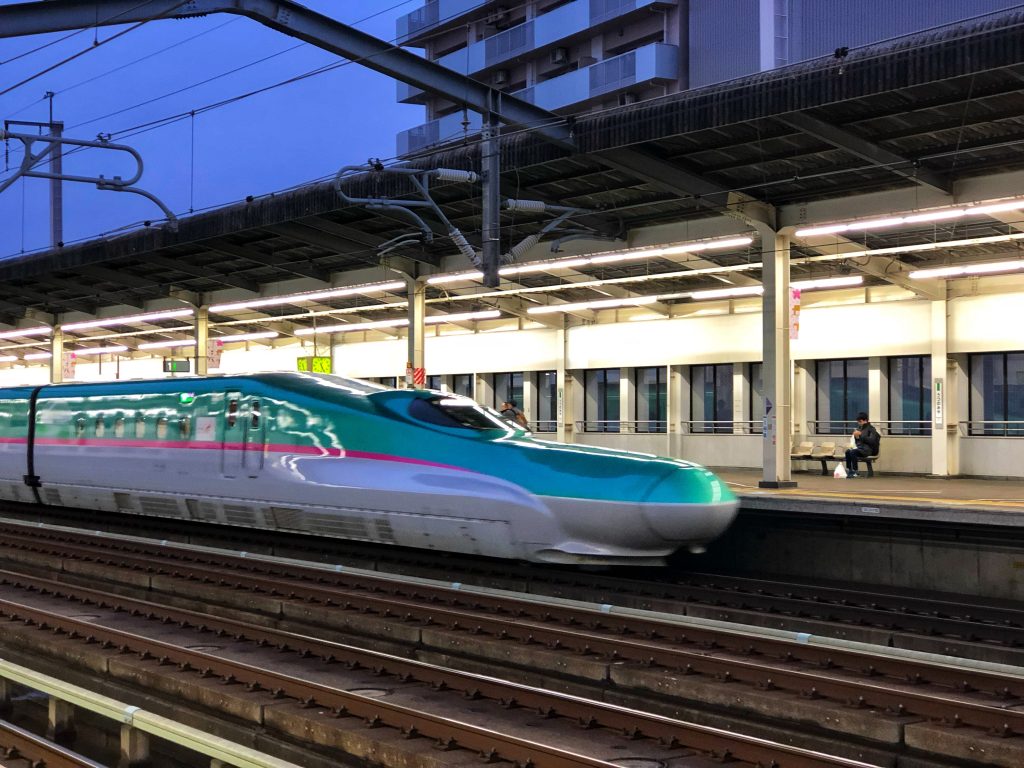
Every time I got into a shinkansen (bullet train) in Japan, I felt like I was flying business class instead of rolling on ordinary railway lines! The Japan Rail Pass is a physical train pass, only available for tourists, that offers unlimited rides on most trains across Japan for a fixed number of days.
Priced between INR 18,000 – 36,300 (265 – 535 US$) for 7, 14 or 21 days, it’s probably the biggest travel cost you’ll incur in Japan. And yet, if you spend a week or less in Japan and do only the return Tokyo-Kyoto-Tokyo train journey, the Japan Rail Pass for 7 days is already worth it. The individual Tokyo-Kyoto journey costs 13,000 Yen (INR 8300 or 115$) one way!
If you plan to explore only one specific region of Japan – for instance, Kyushu island – you could also consider buying a regional train pass.
Also read: Is the Japan Rail Pass Worth It? A Practical Guide to Bullet Train Travel in Japan
10. How to survive as a vegan in Japan?

While travelling in Japan for the first time, I was surprised to learn that during the Edo period, the traditional Japanese diet was largely plant-based and meat-free! Both Buddhism and Shintoism, practiced for centuries across Japan, promote compassionate eating. And many Japanese rulers had banned the rearing of cattle and consumption of meat, because they couldn’t afford to lose more forests to animal agriculture. Unfortunately things changed during the late 1800s and veganism became an alien concept.
All these years later, as a vegan traveller, I felt spoilt for choice in the popular tourist cities of Tokyo and Kyoto. The HappyCow app is full of vegan friendly spots to try. But beyond, in smaller towns and villages on the countryside, surviving as a vegan or vegetarian requires a bit more effort. What really helped me was a note in the Kanji script explaining I’m vegan and what I can’t AND can eat. Overall, from vegan bento boxes to shojin ryori to incredible tofu and yam based meals, I mostly thrived!
Also read: My Ultimate Vegan (and Vegetarian) Survival Guide for Japan
11. What is the best travel insurance for Japan?
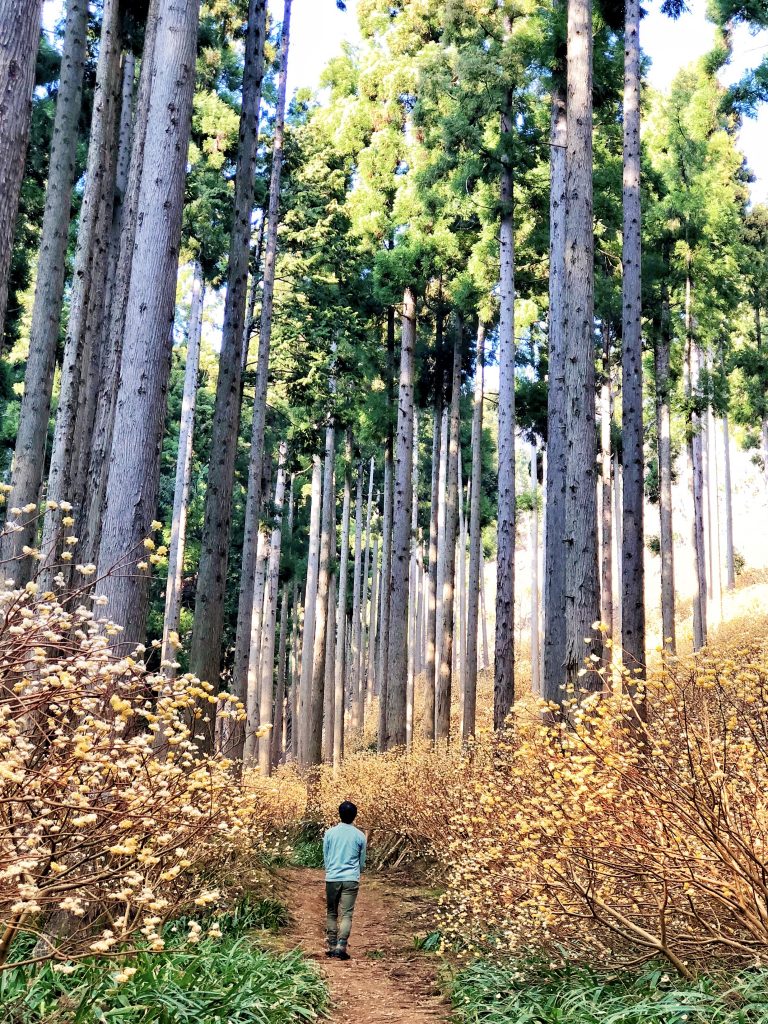
Instead of opting for Indian travel insurance plans that are often cheaper but a pain to claim funds from, I usually opt for World Nomads travel insurance while travelling in extremely expensive countries. And so it was in Japan. Better safe than sorry!
Also read: Why Visit Japan? Because Everyone Who’s a Friend Was Once a Stranger
12. Is Japan safe?
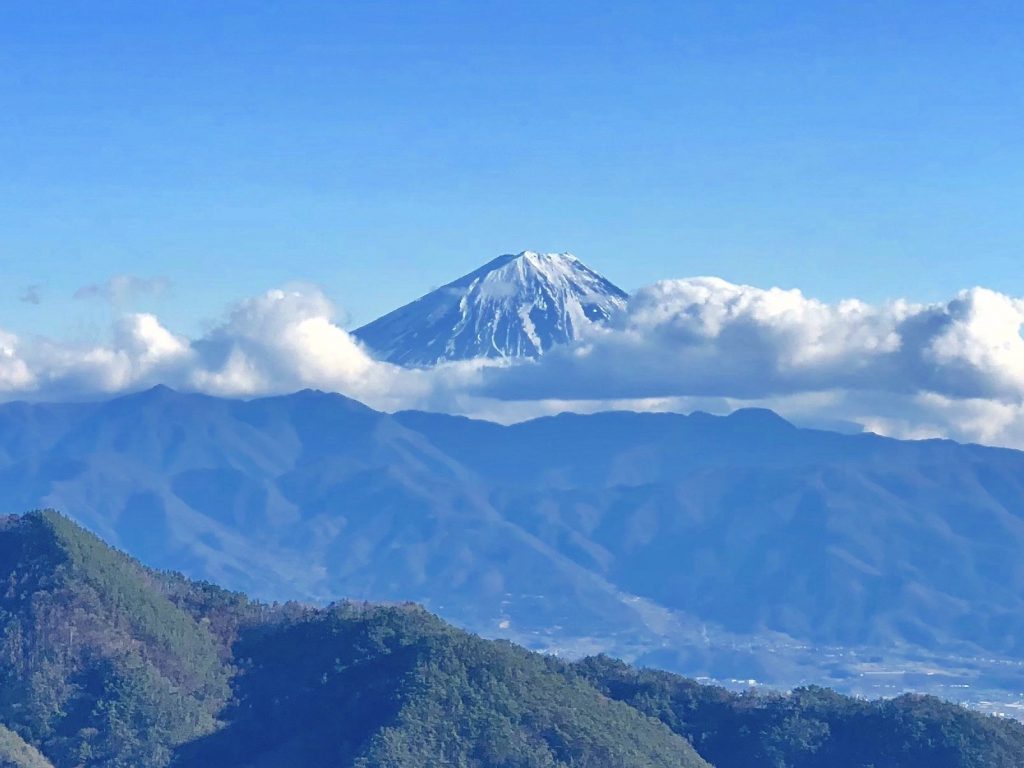
Japan is one of the world’s safest countries to travel in. I walked the streets of Tokyo alone at midnight (akin to some of Murakami’s famous characters), without a care in the world. I took trains and buses by myself, rode a bicycle through small villages, stayed in local homestays, and never once felt concerned for my safety! The lack of crime and the general friendliness of Japanese people sets a true benchmark for safety.
12.1 Coronavirus in Japan
The unfortunate spread of the COVID-19 coronavirus around the world has made many people reconsider their travel plans. But I guess the sad truth is that we are as susceptible to contracting it at home, as in Japan. If you have a trip lined up to Japan, follow updates closely, avoid areas with cases, and remember that Japan is a huge country and most parts, like in India and the US, are corona-free.
Also read: How to Travel as a Vegan and Find Delicious Food Anywhere in the World
13. What are some Japanese etiquette for tourists?
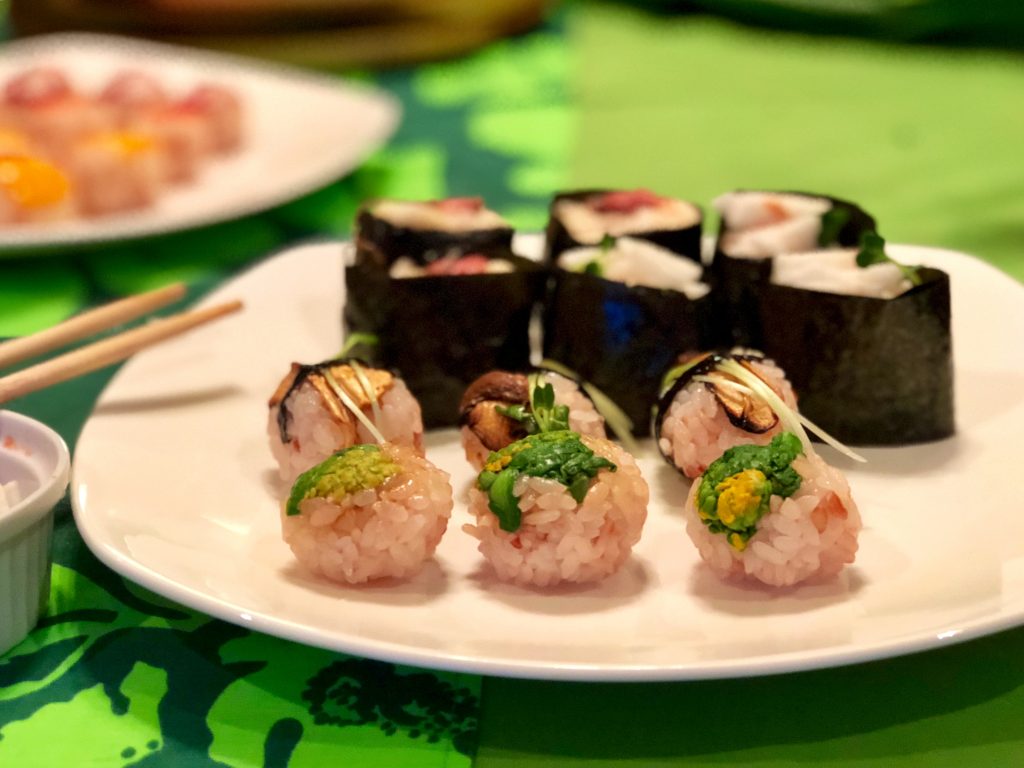
Before travelling to Japan for the first time, I was a bit apprehensive about all the intricacies of Japanese etiquette and customs that I had read about online! Much to my relief, a lot of it applies to business travellers in formal settings. The locals are quite relaxed when it comes to travellers. Still, here are a few basic Japanese etiquette for tourists that you should consider:
- Japanese people are extremely polite. Learning and using words like “arigatou gozaimas” and “sumimasen” go a long way.
- In Japan, people frown upon eating or smoking while walking! If you’re eating a bento box or snack outdoors, grab a bench.
- Learn to use chopsticks! I was really surprised to learn that locals eat sushi by hand… but for everything else, you need chopsticks. Know never to point your chopsticks at someone, poke food with them or pass food around with them.
- Don’t leave a tip. Japan is probably the only country in the world where it’s disrespectful to leave a tip after your meal, because good service shouldn’t be driven by the promise a monetary reward!
- Be a mindful traveller. Don’t be loud on trains or buses. Don’t jump queues. Clean up after yourself, especially in public spaces and shared accommodation areas.
Is Japan among your dream destinations? What else would you like to know / share about travelling to Japan for the first time?
*Note: I wrote this post in collaboration with Airtel. Opinions on this blog, as you know, are always mine.
Hi there! I’m Shivya, and I started this travel blog back in 2011, when travel wasn’t trendy, Instagram didn’t exist and AI wasn’t a thing (simpler times, I know!). I write about slow, meaningful and conscious travel – that is good for us, the places we visit, the people we meet along the way, and the planet at large. Settle down, grab a cup of tea, and read stories that remind you of the essence of travel. I’m so glad you found me!


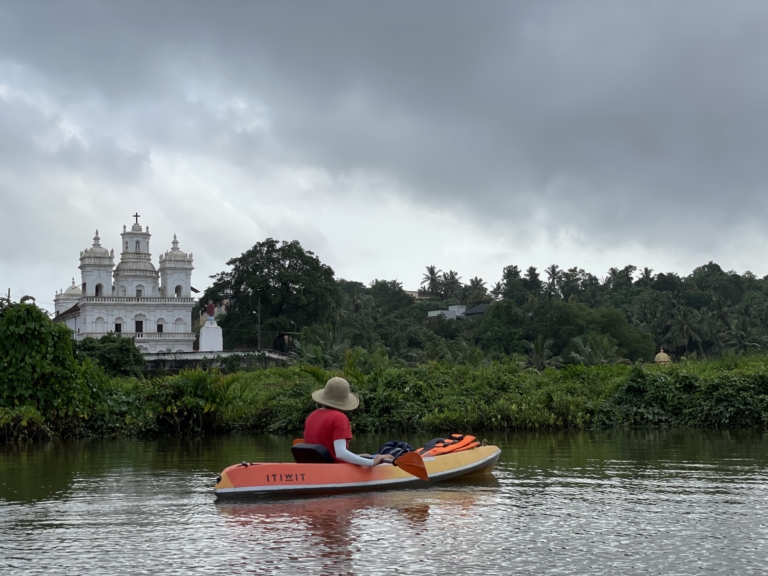
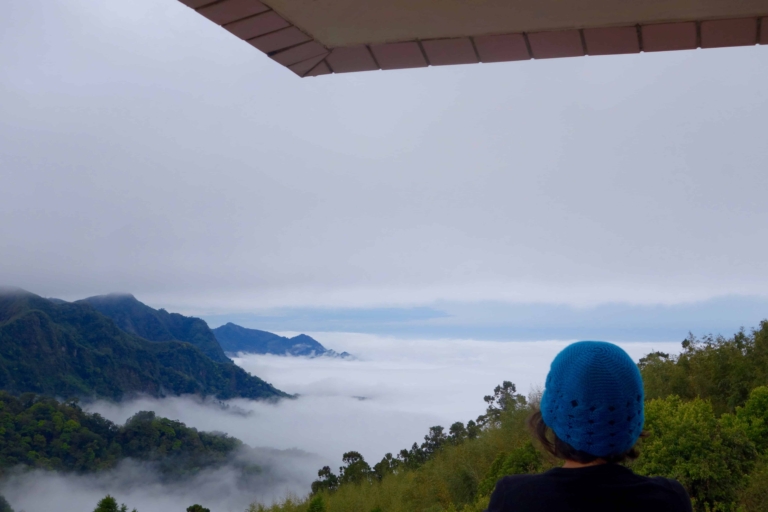

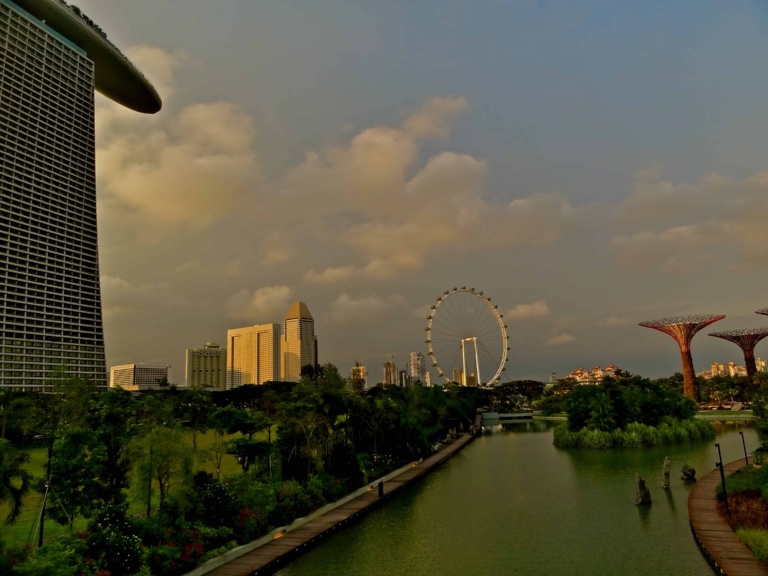
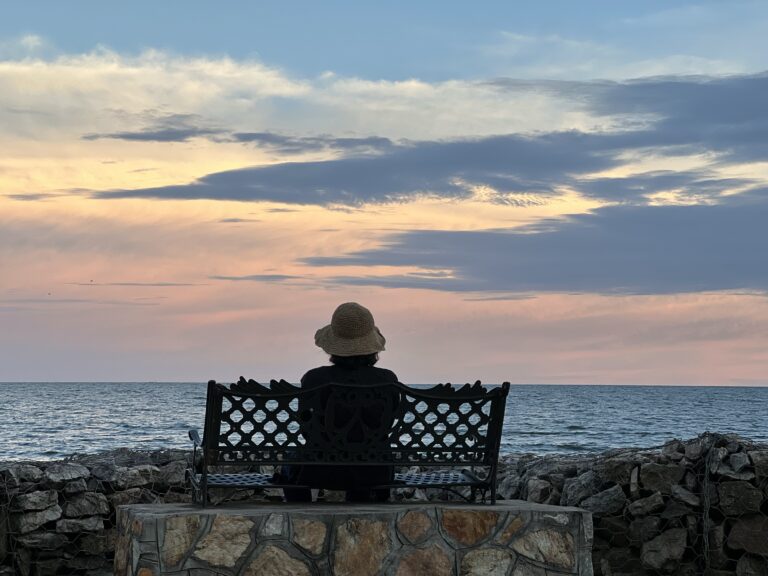
You know, Shivya, I never found Japan very interesting. But in the past one or two years I have started to think I should at least give it a chance once. And your lovely post makes me want to go even more. I have a friend there so that’s a good reason to go. And I’d love to try all the vegan food in the bigger cities.
Wow, you’re probably the first person I know who hasn’t been fascinated by Japan! I’m sure that’ll change once you there 😉
Going to Japan, is a dream of mine since I was a teenager, and that’s quite a while ago. But hej, I dreamed of going to India when I was young and finally I went a few years ago, so everything is possible. Safe and happy travelling to you, Shivya
Love your spirit, Cornelia. I have no doubt you’ll make it to Japan one of these days, after the current pandemic is behind us!
Thank you my traveler friend for your kind comment, loving my spirit, I love more your spirit. Have a great inspirational week.
Very good information. Big thanks and keep us the amazing work you do!
Hope it helps plan a future trip!
This was amazing, as usual.. Thanks Shivya.. Can you please share more information on the bus system in Japan? Will be very handy not having to figure it out from scratch again 🙂
Glad you enjoyed the post! Like I mentioned, you get a ticket on the bus which has a number (of the station) on it. While getting off, the display shows the cost in Yen corresponding to that number – that’s how much you pay.
See this for more details: https://www.japan-guide.com/e/e2015.html
This was such a detailed post. Absolutely loved it Shivya! Japan has moved higher on my list!
I’m glad; hope the world goes back to normal soon and we can all travel there again!
It become my dream to travel Japan now. Really very thoughtful information.
Hope that dream comes true soon!
Please tell Airtel to first provide good services in India, not gonna use jio, still loyal to them! And what a brief on Japan. I went their thrice and this country always amaze me. Fushimi inhari Taisha, Osaka castle, Meiji jingu are places if someone looking for something traditional 😉.
Been using them for a decade now and in so many remote places, it’s the only one that works 😉 Thrice – wow! I can’t wait to go back a second time.
This is so beautiful blog I’ve ever seen in my life. Now I want to go to Japan for the Cherry Blossom.
I love Japan and can’t wait to go back. Absolutely amazing place and people.
Even in these unprecedented times, I feel like I have already traveled to Japan! I absolutely loved every minute detail that you gave. This place is definitely the next in my list, Of course! after months or may be a year from now. 😉
Shivya, it’s really a trivial thing to say; yet I HAVE TO say it 😂
I loved how your cap colour- synced with cherry blossoms.
And I enjoyed reading your blog, like I always always do. 💜
Great tips. Language seems easier with the latin letters 🙂
That was a nice write-up. The article was so informative thanks for sharing and keep posting. also, you might check at Tours and Travels – Coimbatore
Hi Shivya! I am delighted to read your wonderful article! I’m doing Airbnb host in Tokyo. Glad to see travelers in the comments eager to visit Japan. Hope I have the opportunity to welcome you and some of your readers to my home!
Hi Shivya,
I really liked the way you explored Japan and paved an easy path for tentative travelers to Japan.
Arigatou gozaimas